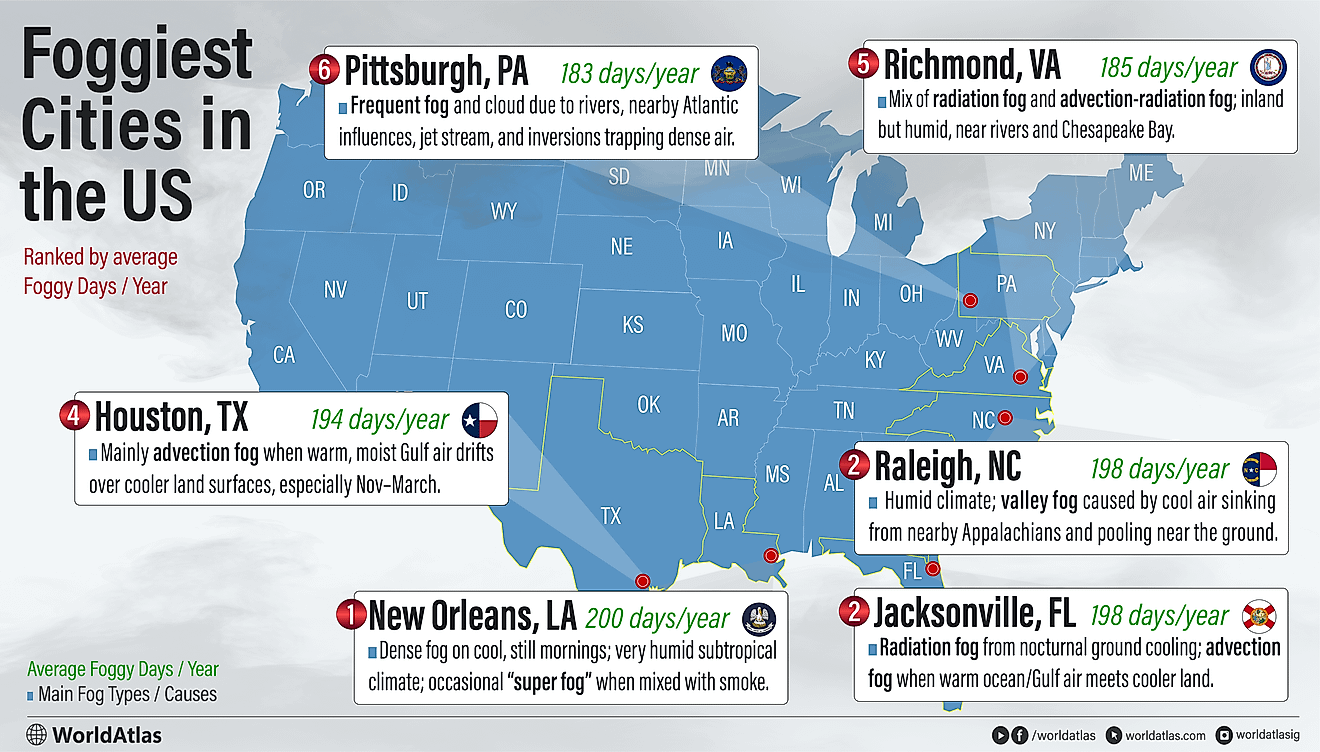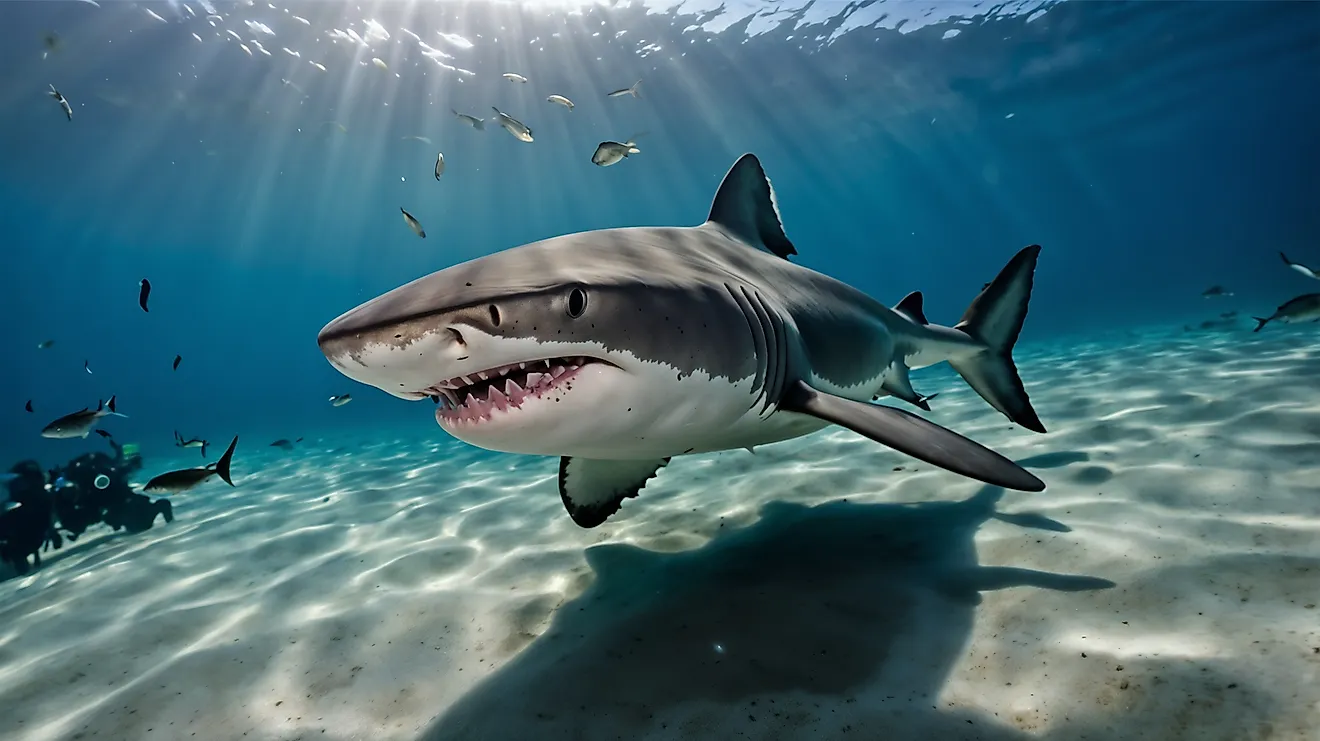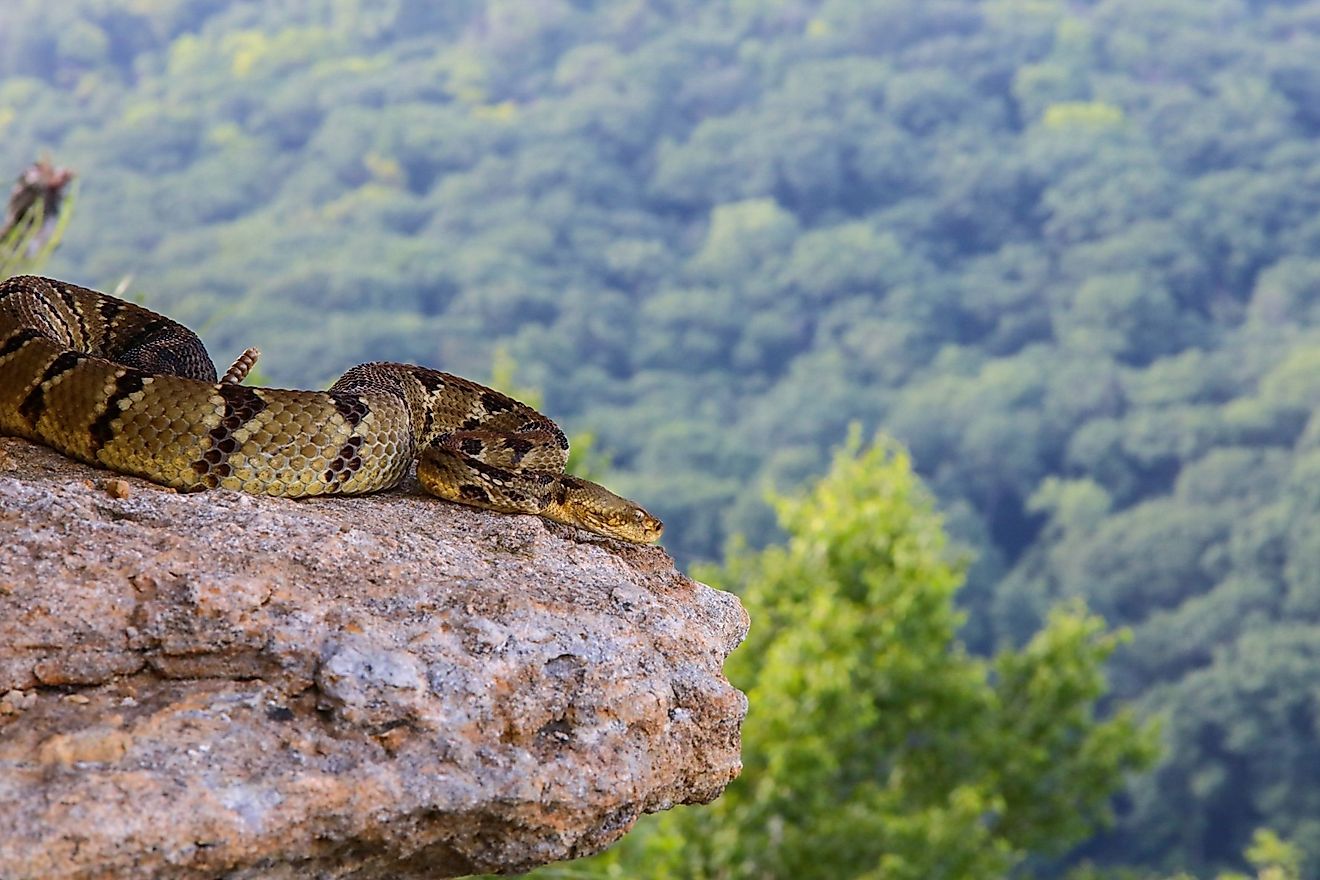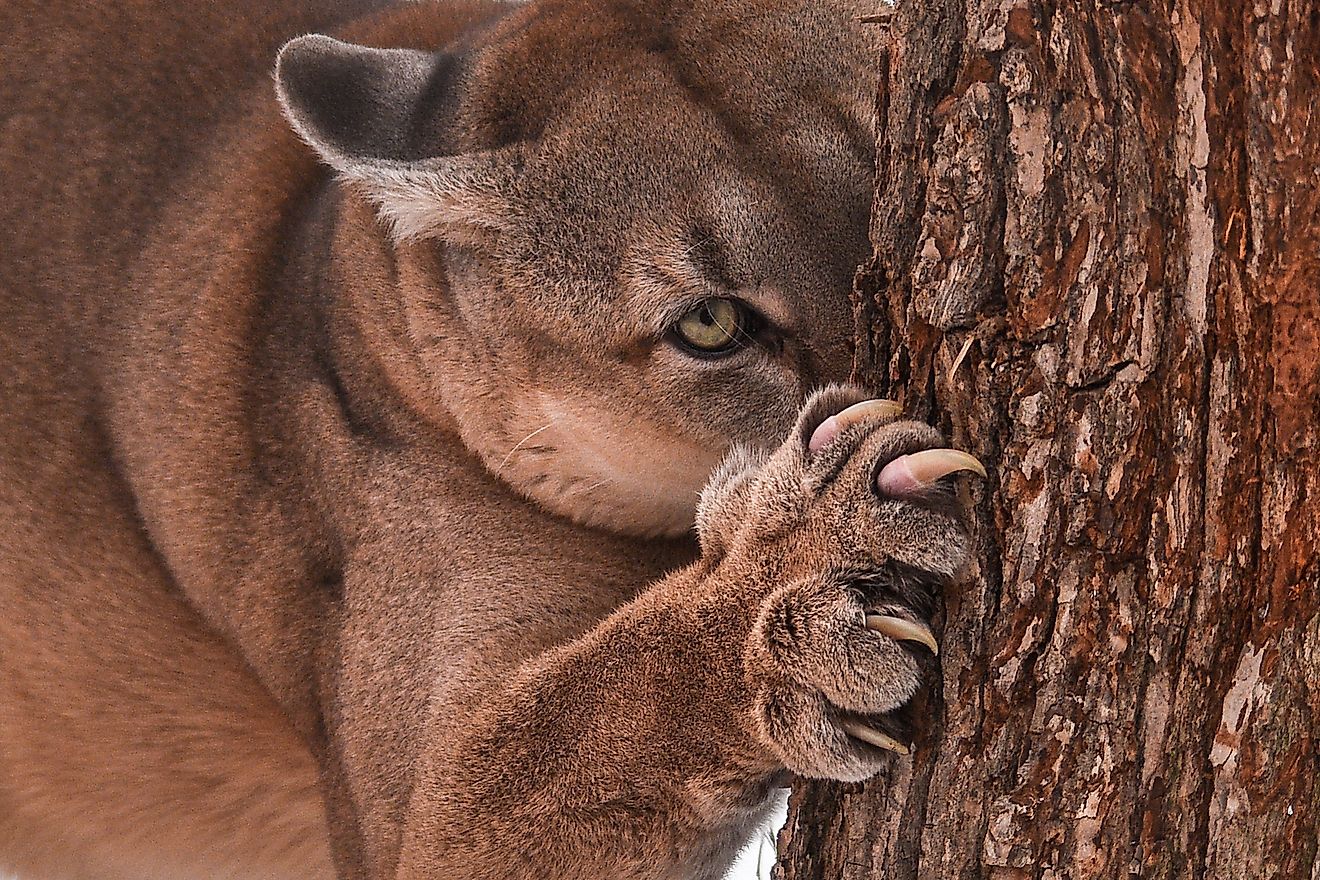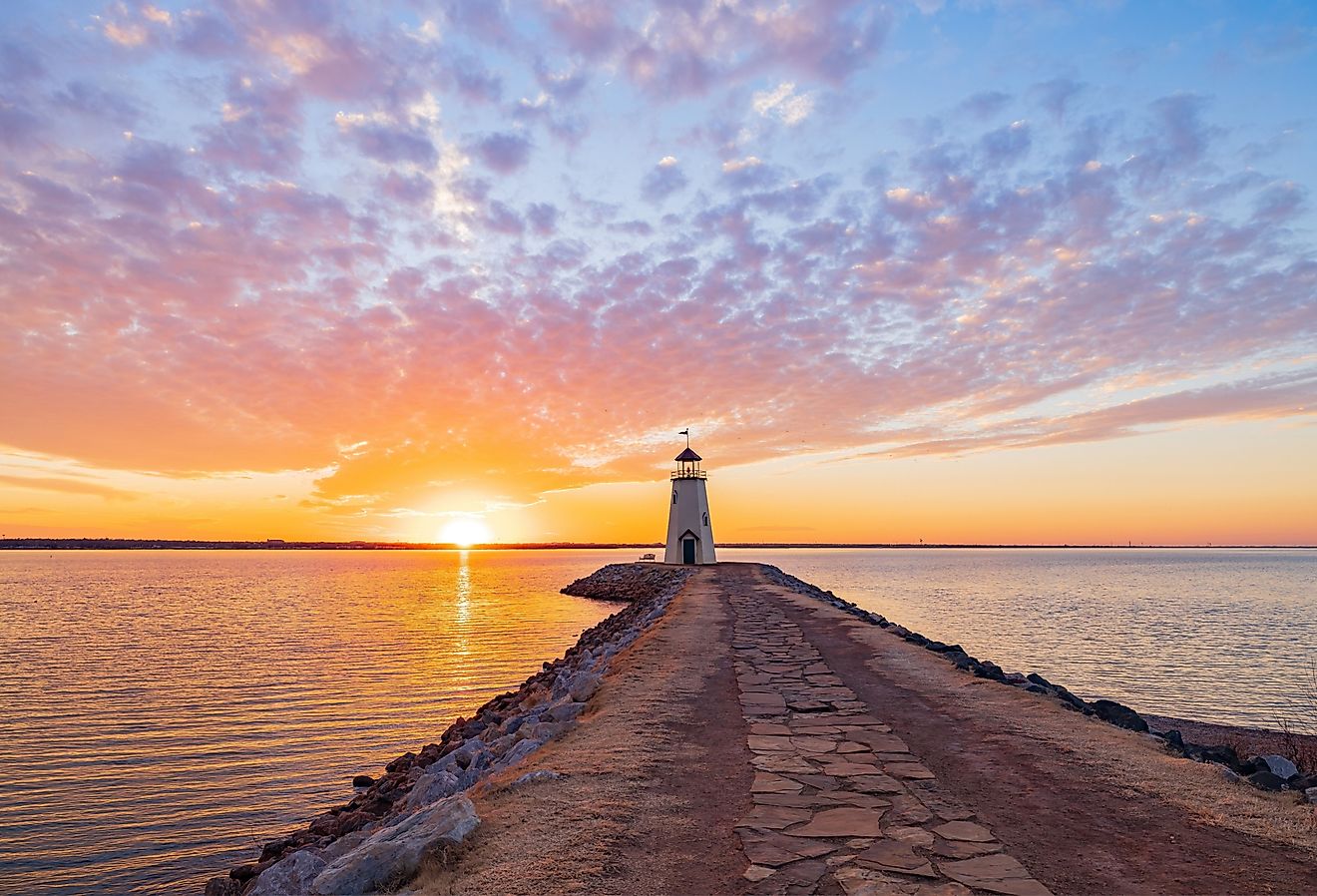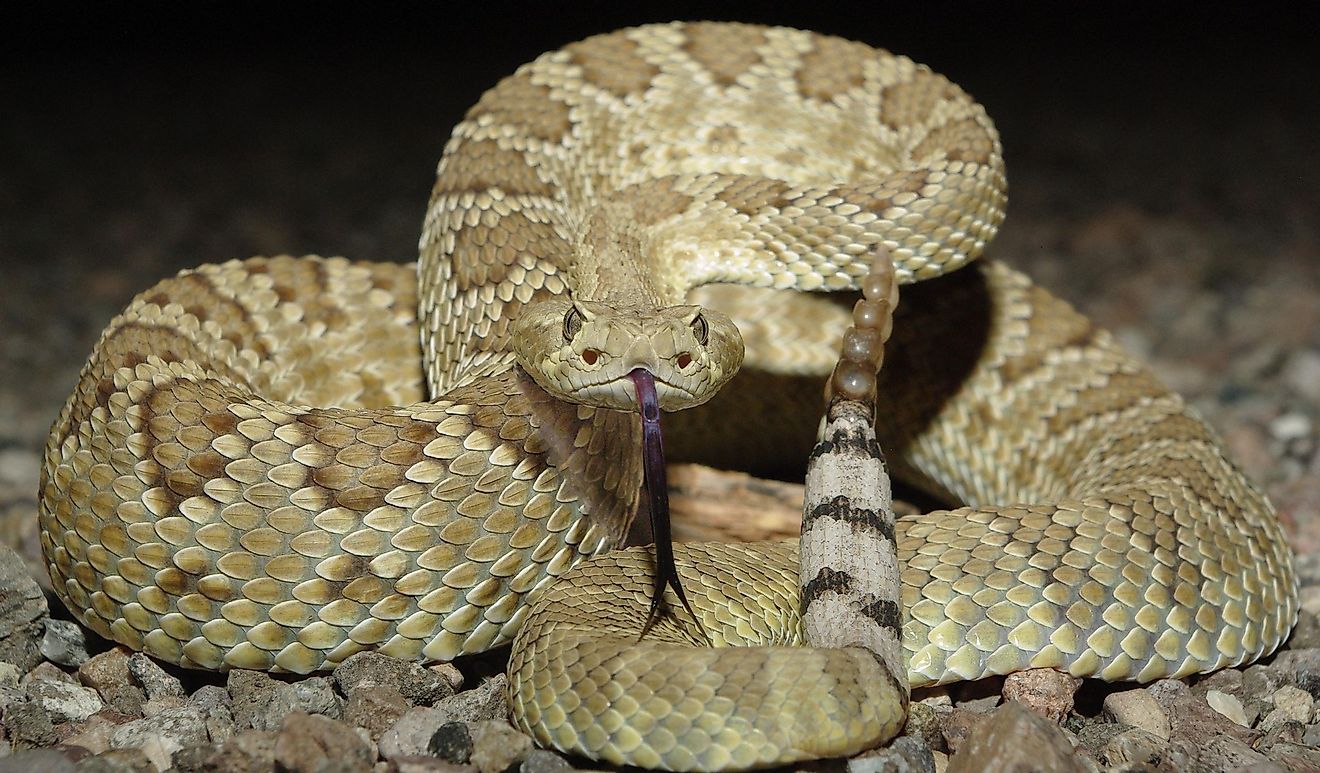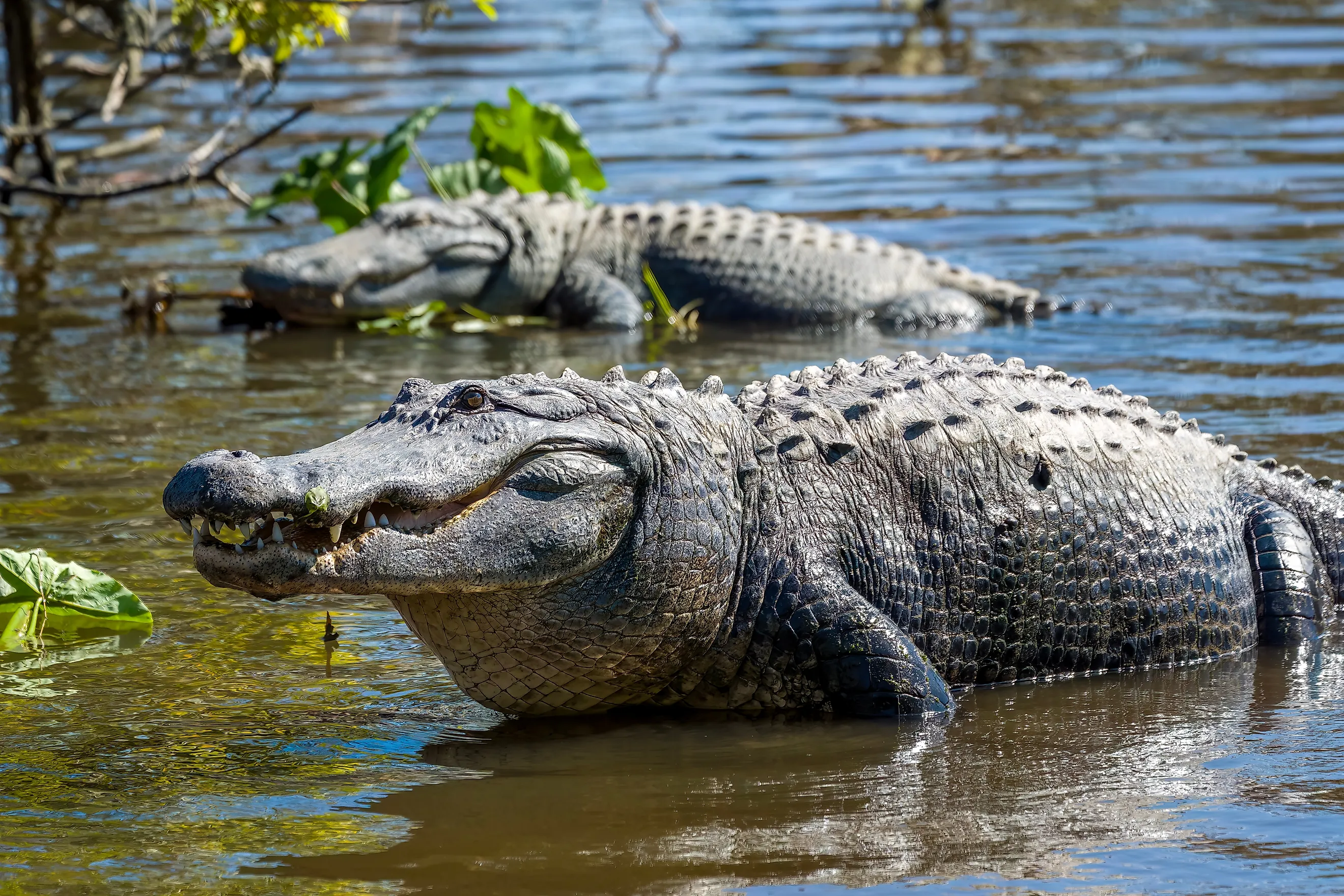
Louisiana’s Bayou Boss: The American Alligator
Feared, feted, and farmed, the American alligator is one of the country’s most fascinating predators. There are more than a million wild alligators in Louisiana and they’ve been a resident of the state’s swamps and bayous for millions of years. As pioneers and colonists flooded into the state, the ancient reptile became deeply entwined in its history, culture, and economy. Now Louisiana’s official state reptile, gators are a staple of southern life, contributing to the health of waterside ecosystems, the state’s tourism product, and its agricultural industry.
The History of Alligators in Louisiana
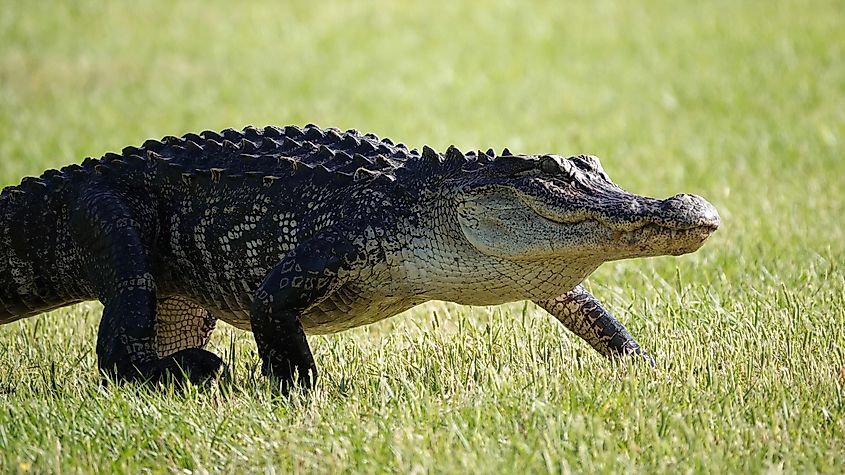
Alligator sightings are now commonplace in Louisiana, but they weren’t so widely known when French-Canadian explorer Pierre Le Moyne d’Iberville spotted a gator in the early 1700s. Writing in his diary, d’Iberville mentioned seeing “a large quantity of crocodiles” and added, “I killed a small one. They are very good to eat.”
There are numerous references to large alligators from writers, explorers, and news reporters throughout the 18th and 19th century. While most detailed the animals' fearsome teeth and long bodies, some recounted incidents of alligators eating dogs and pigs.
With so many alligator encounters, it wasn’t long before Louisiana residents began to explore their economic potential. In 1876, a new fashion hit the streets - alligator leather. Manufacturers began buying up hides to make shoes, belts, and bags. In the industrial sector, alligator oil was becoming popular as a cheap way to oil machinery.
These new revenue streams caused a massive upsurge in hunting. More than 3.5 million alligators were killed between 1880 and 1933. The backlash grew as their numbers dwindled, and hunting was eventually outlawed in 1962. American alligators were officially recognised as a federally endangered species in 1967.
But the story doesn’t end there. Alligators are now one of the best examples of a successful conservation initiative. The Louisiana Department of Wildlife and Fisheries launched its Alligator Management Program in 1972 which focuses on restoring wetland habitats, enforcing hunting season regulations, and monitoring licensed commercial farms. Alligator farming began in 1986 and is strictly regulated. There are now almost a million alligators on farms in Louisiana, contributing millions to the economy each year.
Monsters and Myths
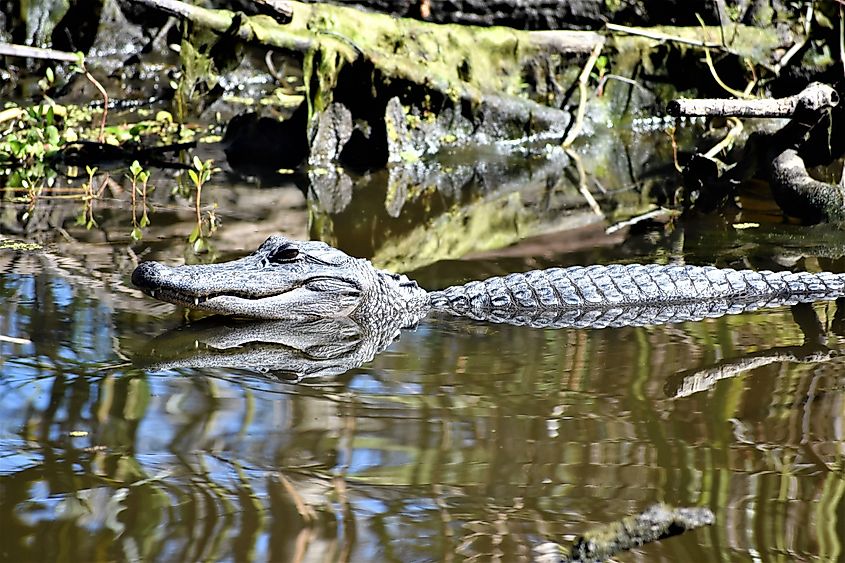
Ever since early explorers noticed toothy monsters cruising through the deep swamps of the Louisiana bayous, alligators have had a special place in Louisiana lore.
One tale, taken from Cajun folklore, tells of a lost human child, raised by alligators, known as the Letiche. The Letiche were rumored to haunt the swamps, causing mayhem by overturning boats and attacking unwary travellers.
Another legend, called The Alligator Peach Tree, appears in a book of tales from the famous 18th century fantasist Baron von Münchhausen. In this story, a hunter kills an alligator using the only ammunition he has to hand, a peach pit. When he returns to the swamp years later, he sees a peach tree growing in the exact spot where he made his kill.
Louisiana’s earliest inhabitants also saw the alligator as a special creature. The native Choctaw Indians have a creation myth in which an alligator tells the creator that the best water is found in the Louisiana bayous and was granted its wish to live there.
There are still plenty of myths around about alligators. The most common is that they hunt humans. Yes, alligators are powerful predators, but they are also reclusive by nature. They prefer to avoid confrontation and wait for food to come to them. Their diet consists of fish, turtles, birds, and small mammals. Most negative incidents with alligators happen because humans have disturbed them in a nesting area and the alligator is protecting its young, or because a wild alligator has entered an urban area and lost its natural fear of people.
American Alligator Habitats
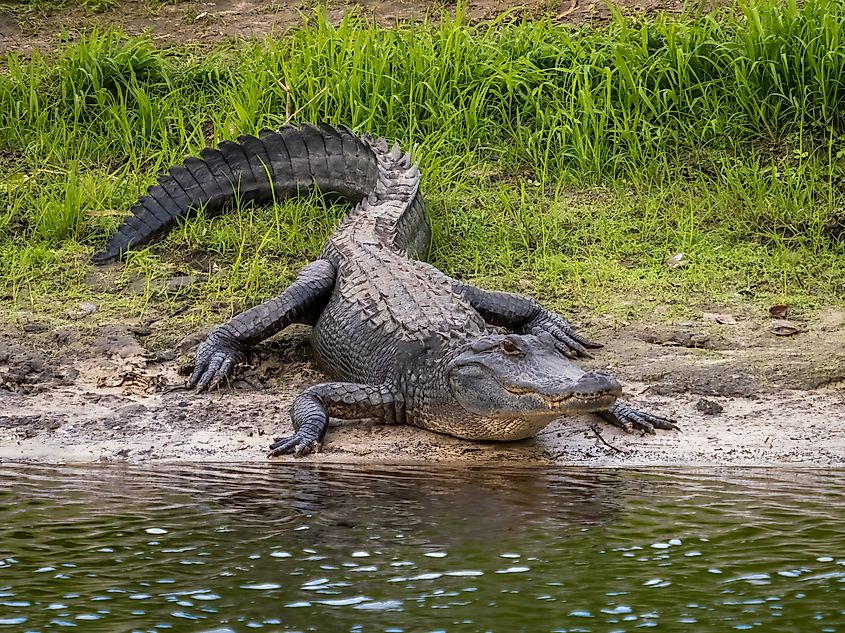
American alligators range from central Texas to North Carolina, but the largest populations are found in Florida and Louisiana. There are almost 4.5 million acres of alligator-friendly habitats in Louisiana, where they can be found in every type of body of water, including ponds, swamps, lakes, rivers, canals, coastal marshes, and bayous.
Where you see an alligator can give you clues as to its age and sex. Adult males and non-breeding females prefer to stay hidden in deep water habitats while nesting females and their young typically choose shallow marsh areas with a lot of thick vegetation where they can bask in the sun undisturbed.
Alligators are cold-blooded, so they rely on the sun to warm them. In the winter months, when sunshine is more scarce, their energy is depleted, and their metabolism slows down. That’s when they find burrows and head underground to stay dormant until the temperatures rise again.
Alligator Adventures
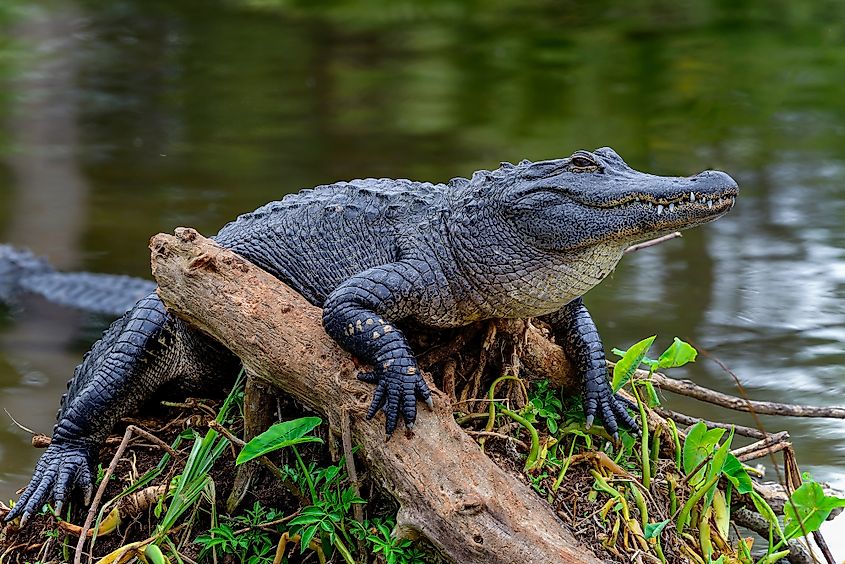
Thrill-seeking tourists who want to meet Louisiana’s famous residents have plenty of options. There are numerous operators throughout the state offering swamp tours where you can see the reptiles in the wild from a classic airboat. There are also alligator parks and refuges where you can watch them being fed and learn about them from expert guides.
Gator Country Alligator Park in Natchitoches is the largest in the state and has been educating the public while providing fun animal experiences for almost 25 years. The park contains over 250 American Alligators and offers a daily feeding show where you can see the adults grab a snack. There is also a baby gator wading pool so kids can get up close with the reptiles.
For more insights into the reptile, from its habits and habitats to its place in Louisiana culture, visit the Great American Alligator Museum in New Orleans. The only museum of its kind in the state, the museum exhibits include alligator-related kitsch, alligator art, and alligator fossils.
A Louisiana Legend
From hunter to hunted and now a beloved state icon, the American alligator is thriving in Louisiana. The history of the alligator is the history of the state, providing an incalculable contribution to its industry, economy, culture, and natural environment. The reptile is also one of the greatest conservation success stories in the US, showing what can happen when a state comes together to protect one of its own. Next time you’re in the Bayou State, be sure to say “hi” to its longest resident and mysterious mascot.

